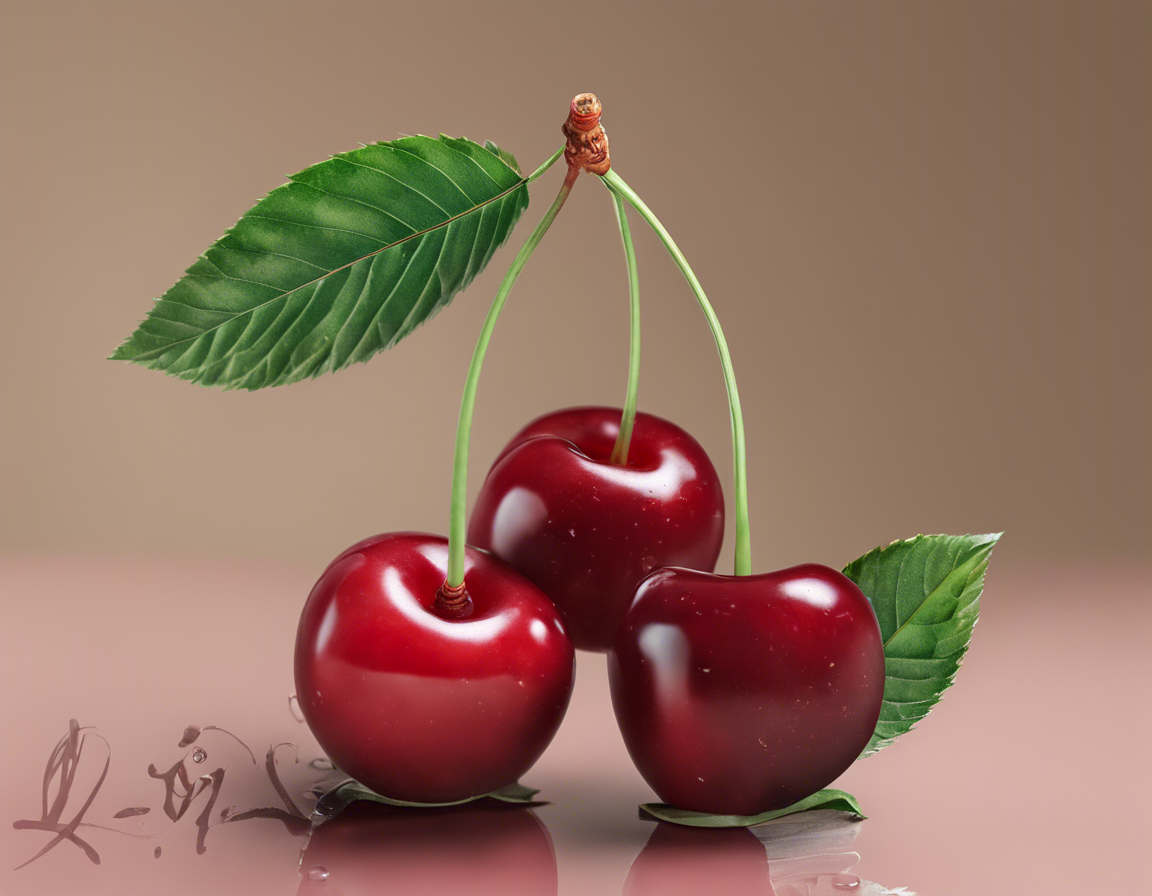Cherry trees are not only popular for their delicious fruits but also for their ornamental value in gardens and landscapes. One of the most sought-after varieties of cherry trees is the Trop Cherry, known for its vibrant red cherries and their sweet flavor. In this comprehensive guide, we will explore everything you need to know about growing and caring for Trop Cherry trees.
The Beauty of Trop Cherry Trees
Trop Cherry trees are prized for their stunning appearance, featuring clusters of bright red cherries that ripen in the summer. The tree itself adds beauty to any garden with its glossy green leaves and delicate white blossoms in the spring. Whether you’re a seasoned gardener or a beginner, Trop Cherry trees are a delightful addition to any outdoor space.
Planting Your Trop Cherry Tree
Location
When planting a Trop Cherry tree, choose a location that receives full sun for at least 6-8 hours a day. Ensure the soil is well-draining to prevent waterlogged roots, as cherry trees are susceptible to root rot.
Soil
Trop Cherry trees prefer rich, fertile soil with a slightly acidic pH level. Conduct a soil test before planting to determine if any amendments are necessary. Incorporating organic matter like compost can improve soil structure and fertility.
Planting
Dig a hole twice the width of the tree’s root ball and at the same depth. Gently loosen the roots before placing the tree in the hole. Backfill with soil, tamping it down to remove air pockets. Water the tree thoroughly after planting.
Caring for Your Trop Cherry Tree
Watering
Consistent watering is crucial, especially during the tree’s first few years of establishment. Cherry trees need about 1-2 inches of water per week, either from rainfall or manual watering. Mulch around the base of the tree to retain moisture.
Fertilizing
In early spring, apply a balanced fertilizer to provide essential nutrients for growth and fruit production. Follow the manufacturer’s instructions for application rates based on the tree’s age and size.
Pruning
Prune your Trop Cherry tree during the dormant season to remove dead or diseased branches, improve air circulation, and shape the tree. Avoid heavy pruning, as cherry trees are susceptible to disease entry through pruning wounds.
Pest and Disease Management
Keep an eye out for common cherry tree pests such as aphids, cherry fruit flies, and caterpillars. Treat infestations promptly with organic or chemical controls to prevent damage to the tree and fruits. Additionally, watch for signs of diseases like powdery mildew or cherry leaf spot and take appropriate measures.
Harvesting and Enjoying Trop Cherries
Fruit Development
Trop Cherry trees typically begin fruiting in 3-5 years after planting. Cherries will change color from green to red as they ripen. Taste-testing a few cherries is the best way to determine if they are ready for harvest.
Harvesting
To harvest cherries, gently twist the fruit from the stem or use scissors to avoid damaging the tree. Pick cherries when they are fully ripe for the best flavor and sweetness.
Culinary Uses
Enjoy Trop Cherries fresh off the tree, or incorporate them into various culinary creations. From cherry pies and jams to savory dishes like cherry balsamic chicken, the possibilities are endless.
Frequently Asked Questions (FAQs) About Trop Cherry Trees
1. How tall do Trop Cherry trees grow?
Trop Cherry trees typically reach a height of 15-25 feet at maturity, depending on the rootstock and growing conditions.
2. Do Trop Cherry trees require a pollinator?
Some cherry tree varieties, including Trop Cherries, are self-pollinating, meaning they do not require a separate pollinator tree for fruit set.
3. How do I protect my Trop Cherry tree from birds?
Bird netting is an effective method to prevent birds from eating your cherry harvest. Ensure the netting is securely fastened to avoid birds getting trapped.
4. When is the best time to plant a Trop Cherry tree?
The best time to plant a Trop Cherry tree is in the late winter or early spring when the tree is still dormant. This allows the roots to establish before the growing season.
5. How long do Trop Cherries typically fruit?
Trop Cherry trees can produce fruit for 15-20 years or more with proper care and maintenance.
6. Should I thin the fruits on my Trop Cherry tree?
Thinning the fruit clusters on your Trop Cherry tree can improve fruit size and reduce the risk of branches breaking under the weight of heavy fruit loads.
7. Can I grow Trop Cherry trees in containers?
While Trop Cherry trees prefer to be planted in the ground, they can be grown in large containers with adequate drainage. Ensure the container is placed in a sunny location and watered regularly.
8. How do I protect my Trop Cherry tree from frost?
During late spring frost events, cover your Trop Cherry tree with frost cloth or sheets to protect the blossoms from freezing temperatures.
9. What are common diseases that affect Trop Cherry trees?
Trop Cherry trees are susceptible to various diseases, including cherry leaf spot, brown rot, and powdery mildew. Proper pruning and sanitation practices can help prevent disease spread.
10. Can I grow Trop Cherry trees in a humid climate?
While cherry trees prefer moderate humidity, proper air circulation, adequate sunlight, and disease-resistant varieties can help Trop Cherry trees thrive in humid conditions.
In conclusion, growing Trop Cherry trees can be a rewarding experience for both novice and experienced gardeners. By providing the right growing conditions, care, and attention, you can enjoy a bountiful harvest of delicious cherries and the beauty of these trees in your outdoor space. Start your Trop Cherry tree journey today and savor the fruits of your labor in the seasons to come.





